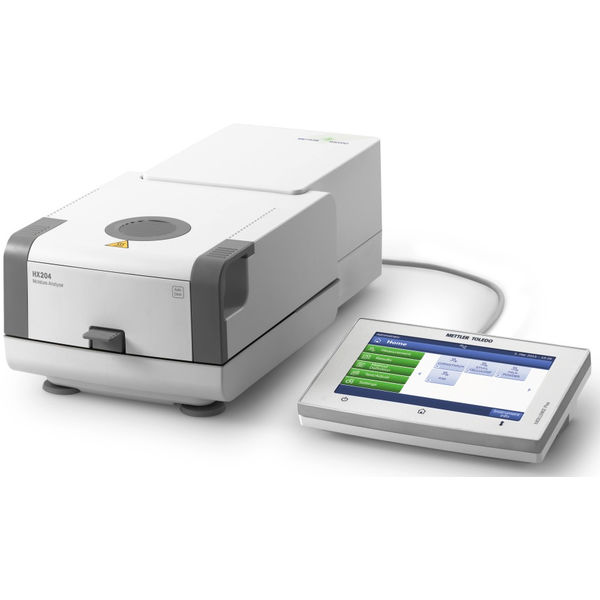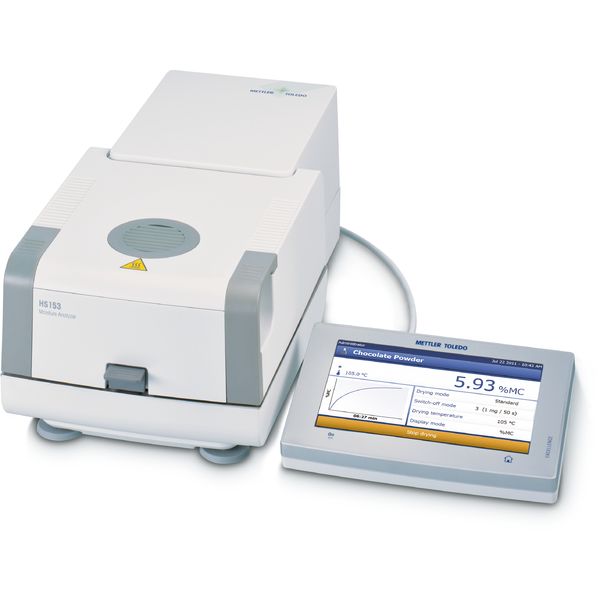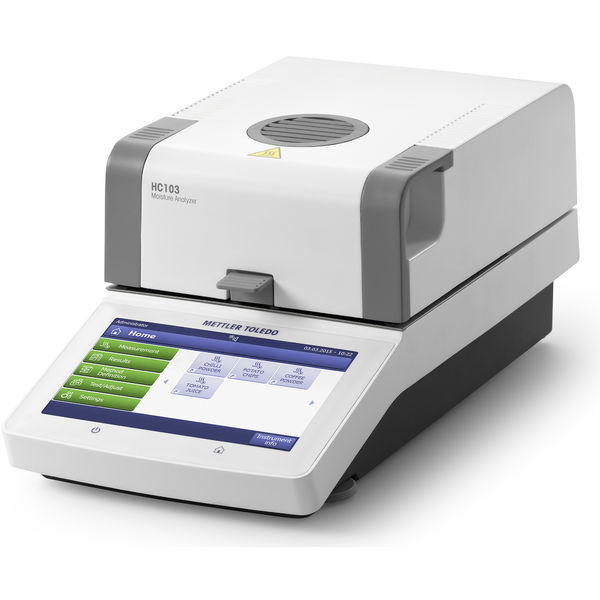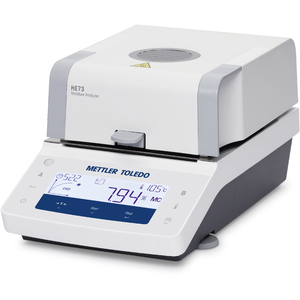
Turbidity Probes
High Performance, Compact, and Low Maintenance for Optimal Process Control
Turbidity probes are in-line analytical instruments used to measure suspended particle concentrations continuously in industrial process applications. They are highly precise and measure low to high turbidity, making them ideal for monitoring fermentation, beer filtration, wastewater, and more. With a hygienic design for sterility and compact size for easy installation, these turbidity probes minimize maintenance and maximize uptime.

Halogen Moisture Analyzer HX204
0.001 %MC (0.1mg) readability, user guidance, real-time drying curve, user management, method (300) & result (3000) storage, control charts, 4 drying programs, FACT, motorized lid.

Halogen Moisture Analyzer HS153
0.01 %MC (1 mg) readability, user guidance, real-time drying curve, user management with auto-lock function, 1-3000 results and 100 methods, 3 drying programs, control charts.

Halogen Moisture Analyzer HC103 (230V)
0.01 %MC (1 mg) readability, user guidance, real-time drying curve, multiple languages, standard and rapid drying program, method (20) and results (100) storage.
서비스 우수성 잠금 해제 - 효율성 극대화

고객사의 장비에 맞는 서비스 내용 보기
가동 시간. 수리 및 지원
성능검증. 유지보수 및 최적화
전문 지식. 교육 및 컨설팅
FAQs
What is a turbidity sensor?
A turbidity sensor is an analytical sensor that measures turbidity, which is an optical characteristic that refers to the degree of clarity of a liquid. Turbidity in liquids is caused by individual suspended particles or colloidal matter that scatters or obstructs light transmittance: the higher the concentration of suspended particles/colloidal matter, the higher the turbidity.
METTLER TOLEDO offers a wide range of in-line turbidity sensors/on-line turbidity sensors that are optimized for specific measurement ranges and different applications.
What are the different types of turbidity sensor?
METTLER TOLEDO offers two different types of turbidity sensor.
Forward scattered light/absorption: Turbidity sensors with this technology (e.g. METTLER TOLEDO's InPro 8300 RAMS series) are designed for applications with low to medium turbidity levels. Color measurement (yellowness) is also available in the InPro 8300 RAMS. These are common for phase separation applications.
Backscattered light: These turbidity sensors (e.g. METTLER TOLEDO's InPro 8050, InPro 8100 and InPro 8200) are designed for samples with a high particle concentration of up to 250 g/l suspended solids. Depending on the application, the METTLER TOLEDO in-line turbidity sensors are available in both stainless steel and a polysulfone body for pharmaceutical and wastewater use respectively.
How do you select the right turbidity sensor?
The turbidity sensor should be selected based on the required measurement range as well as the application. METTLER TOLEDO offers several versatile turbidity sensors that meet the requirements of many different applications, such as:
- FermentationBiomass growth (optical density)
- Crystallization
- Phase separation
- Water in oil
- Filter breakthrough
- Activated sludge
- Post filtration of beer and yellowish measurement
- Wastewater
Please contact your local METTLER TOLEDO representative for details.











